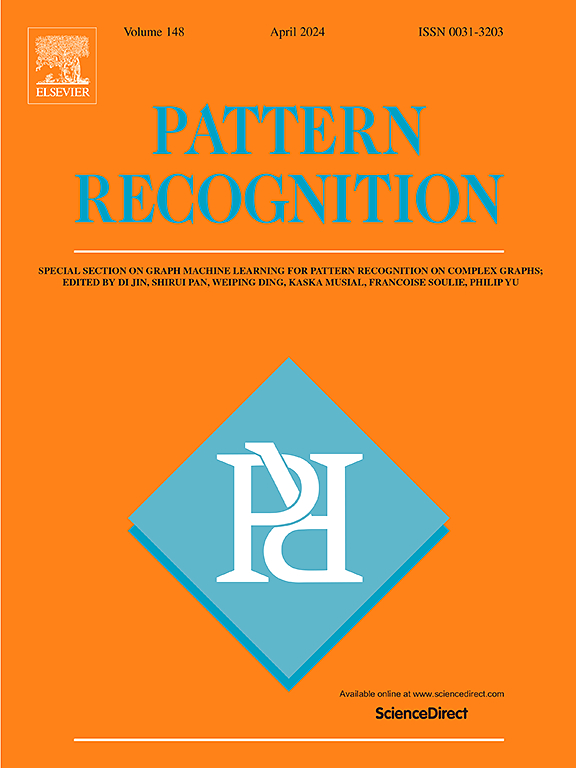Associative graph convolution network for point cloud analysis
IF 7.5
1区 计算机科学
Q1 COMPUTER SCIENCE, ARTIFICIAL INTELLIGENCE
引用次数: 0
Abstract
Since point cloud is the raw output of most 3D sensors, its effective analysis is in huge demand in the field of autonomous driving and robotic manipulation. However, directly processing point clouds is challenging because point clouds are a kind of disordered and unstructured geometric data. Recently, numerous graph convolution neural networks are proposed for introducing graph structure to point clouds yet far from perfect. Specially, DGCNN tries to learn local geometric of points in semantic space and recomputes the graph using nearest neighbors in the feature space in each layer. However, it discards all the information of the previous graph after each graph update, which neglects the relations between each dynamic update. To this end, we propose an associative graph convolution neural network (AGCN) which mainly consists of associative graph convolution (AGConv) and two kinds of residual connections. AGConv additionally considers the information from the previous graph when computing the edge function on current local neighborhoods in each layer, and it can precisely and continuously capture the local geometric features on point clouds. Residual connections further explore the semantic relations between layers for effective learning on point clouds. Extensive experiments on several benchmark datasets show that our network achieves competitive classification and segmentation results.
用于点云分析的关联图卷积网络
由于点云是大多数三维传感器的原始输出,因此在自动驾驶和机器人操纵领域对其进行有效分析的需求巨大。然而,由于点云是一种无序、非结构化的几何数据,因此直接处理点云具有很大的挑战性。最近,人们提出了许多将图结构引入点云的图卷积神经网络,但还远远不够完善。特别是,DGCNN 尝试在语义空间中学习点的局部几何,并在每一层中使用特征空间中的近邻重新计算图。然而,每次图形更新后,它都会丢弃之前图形的所有信息,从而忽略了每次动态更新之间的关系。为此,我们提出了关联图卷积神经网络(AGCN),它主要由关联图卷积(AGConv)和两种残差连接组成。关联图卷积(AGConv)在计算每层当前局部邻域的边缘函数时,会额外考虑上一层图的信息,因此可以精确、连续地捕捉点云上的局部几何特征。残差连接进一步探索了层与层之间的语义关系,从而实现对点云的有效学习。在多个基准数据集上进行的广泛实验表明,我们的网络能获得极具竞争力的分类和分割结果。
本文章由计算机程序翻译,如有差异,请以英文原文为准。
求助全文
约1分钟内获得全文
求助全文
来源期刊

Pattern Recognition
工程技术-工程:电子与电气
CiteScore
14.40
自引率
16.20%
发文量
683
审稿时长
5.6 months
期刊介绍:
The field of Pattern Recognition is both mature and rapidly evolving, playing a crucial role in various related fields such as computer vision, image processing, text analysis, and neural networks. It closely intersects with machine learning and is being applied in emerging areas like biometrics, bioinformatics, multimedia data analysis, and data science. The journal Pattern Recognition, established half a century ago during the early days of computer science, has since grown significantly in scope and influence.
 求助内容:
求助内容: 应助结果提醒方式:
应助结果提醒方式:


